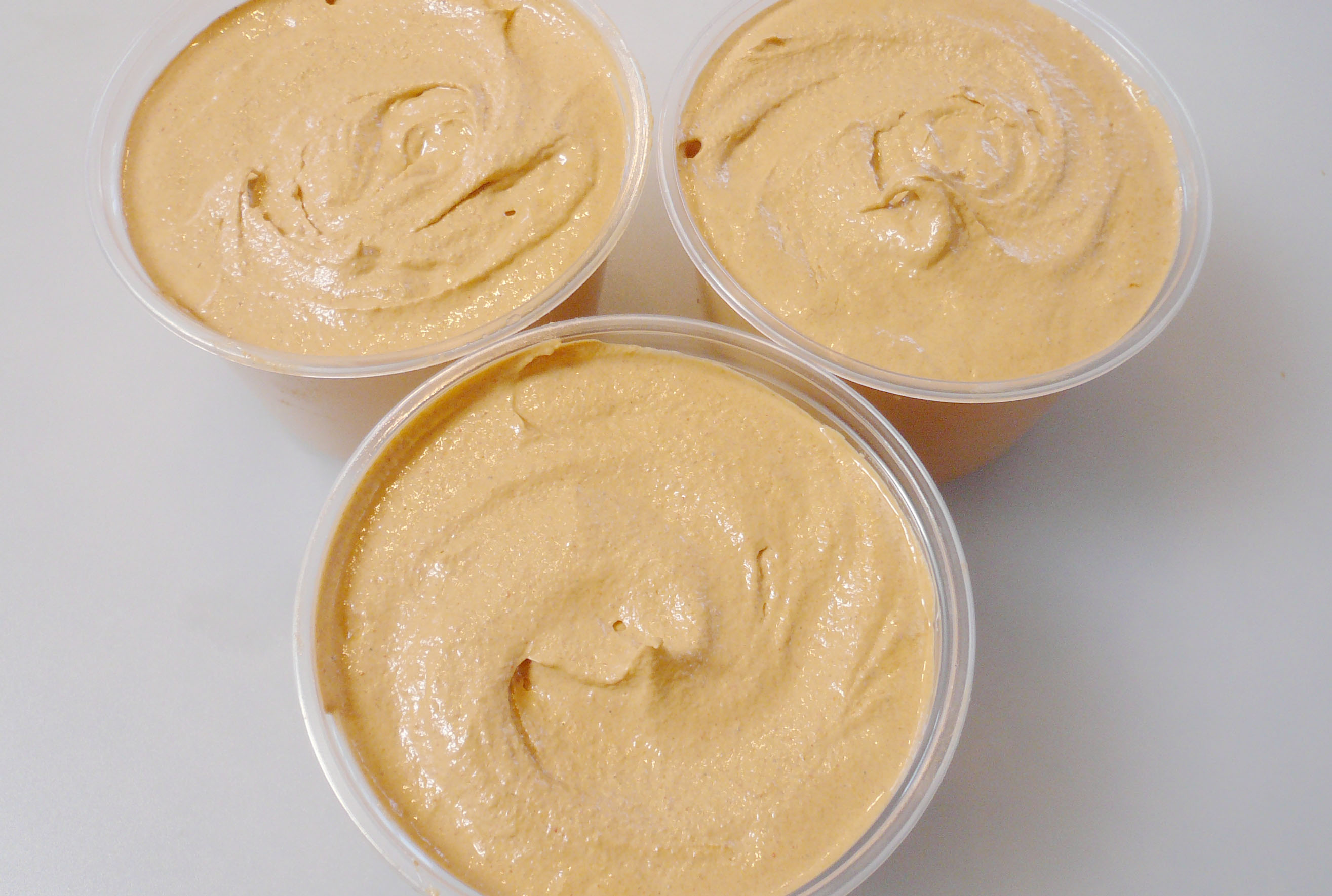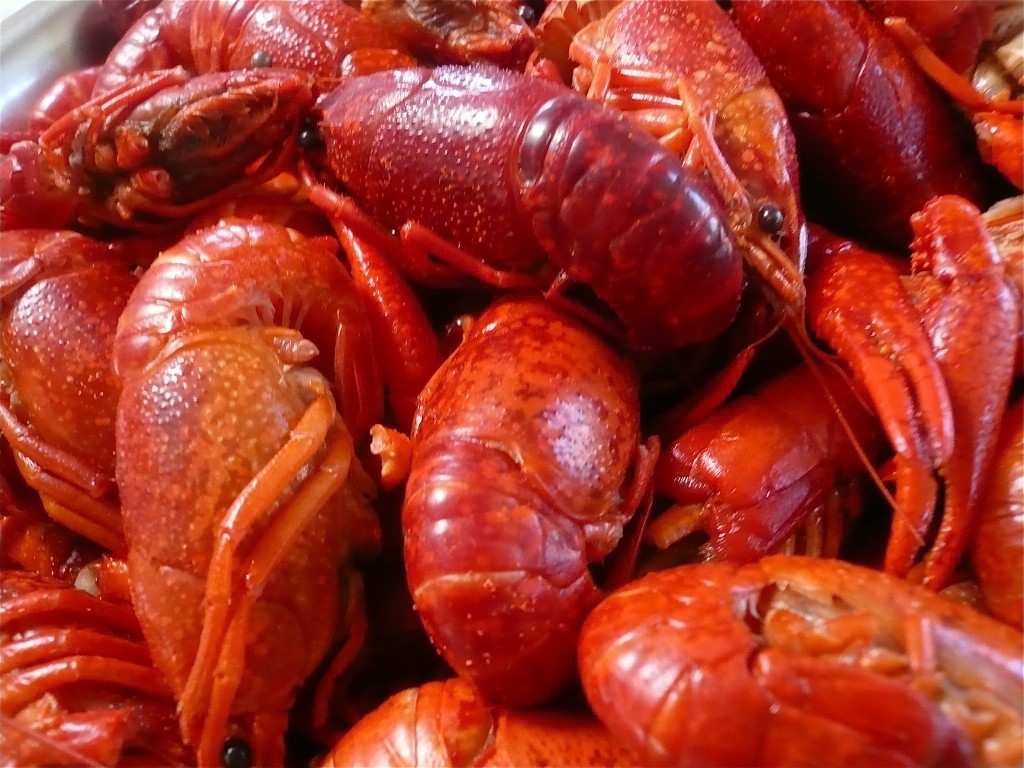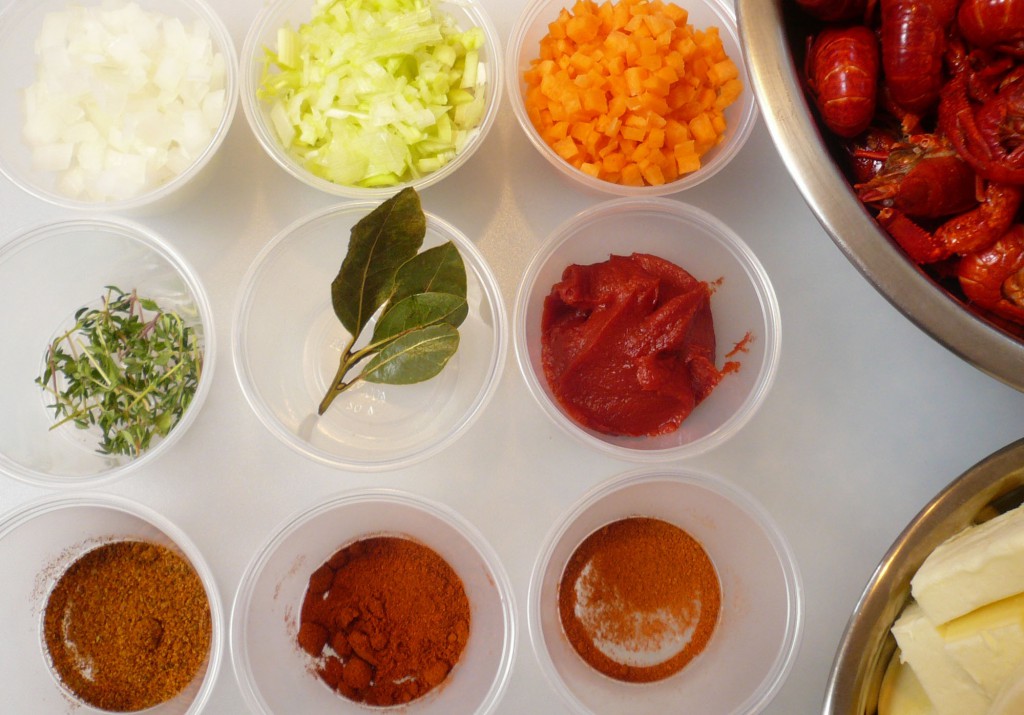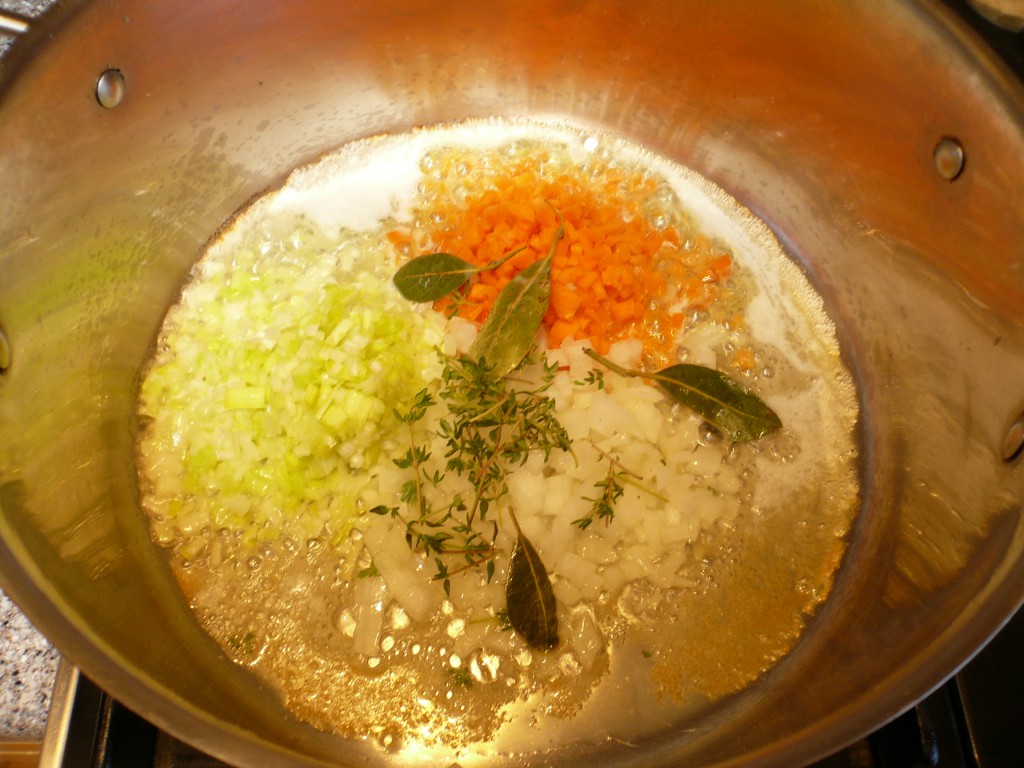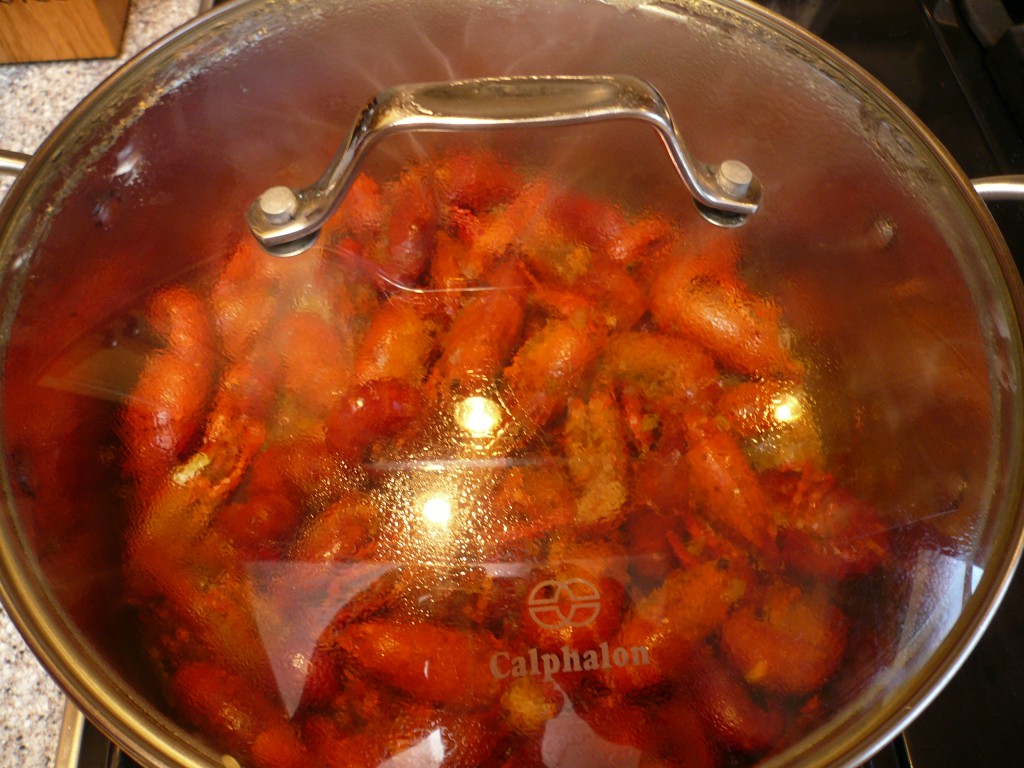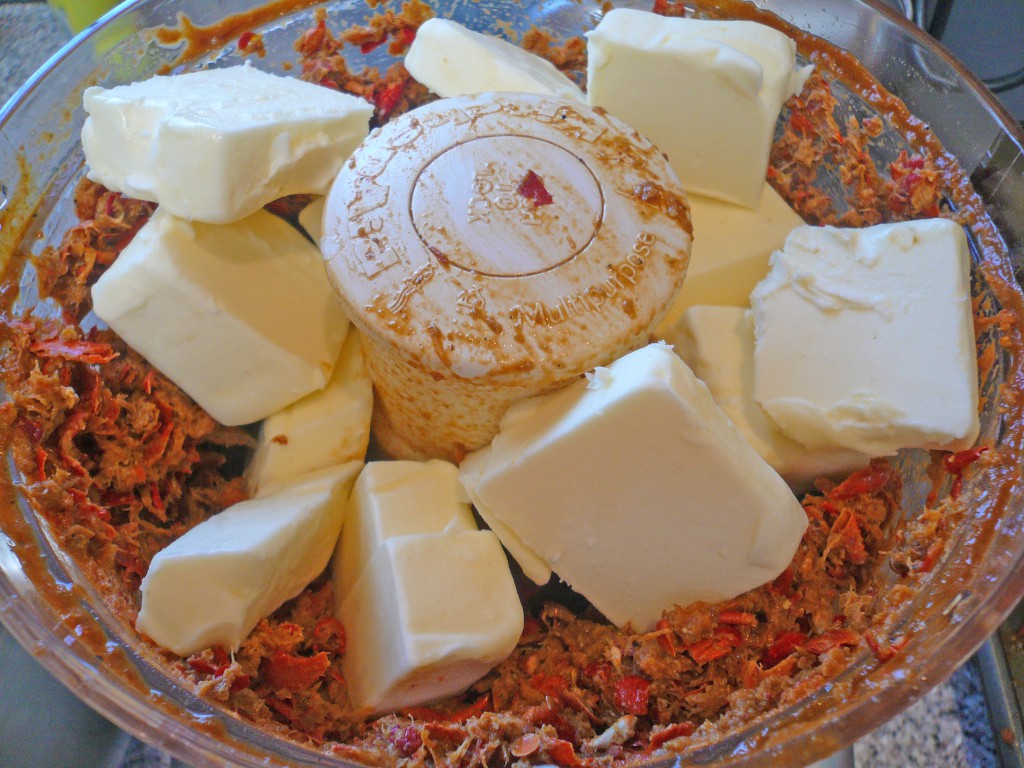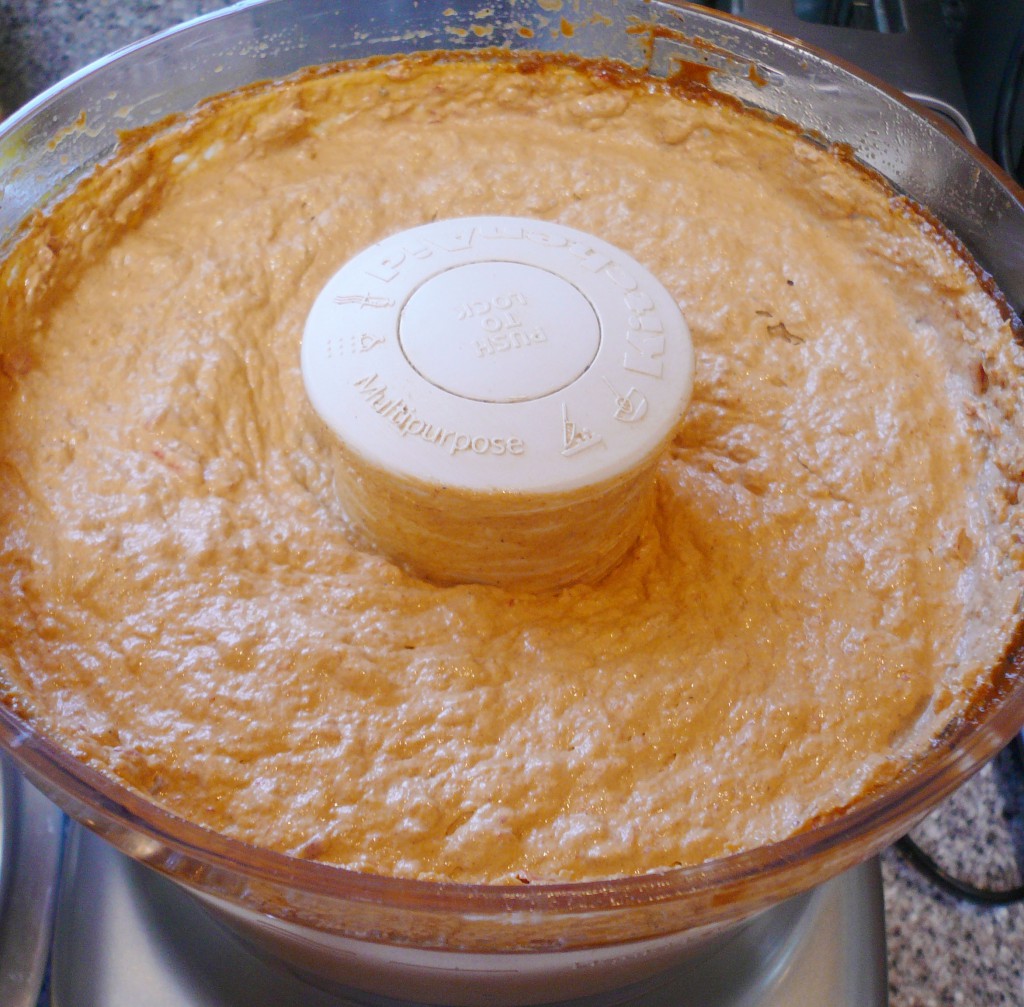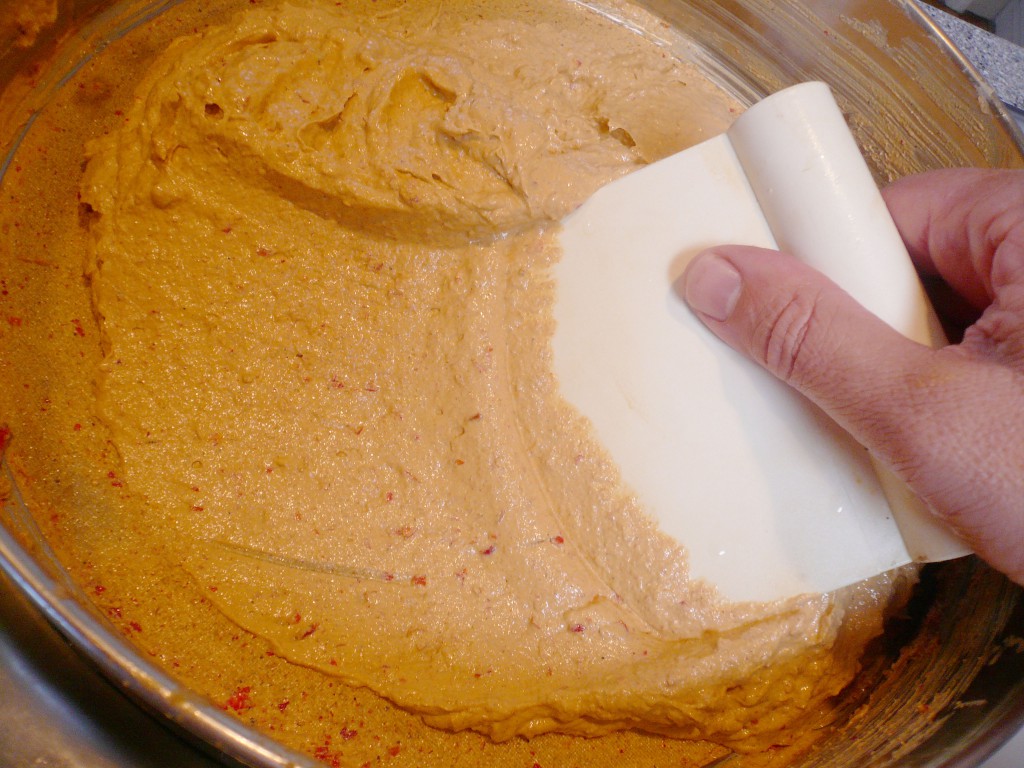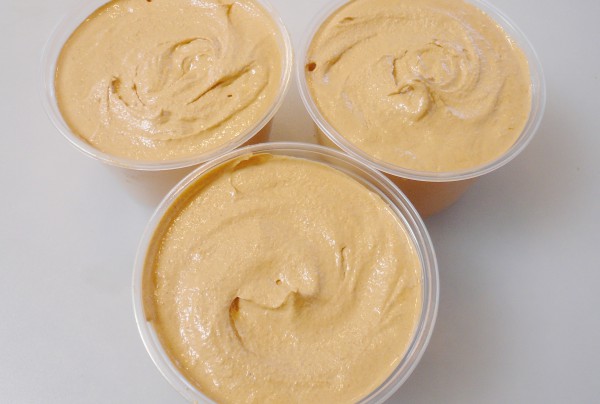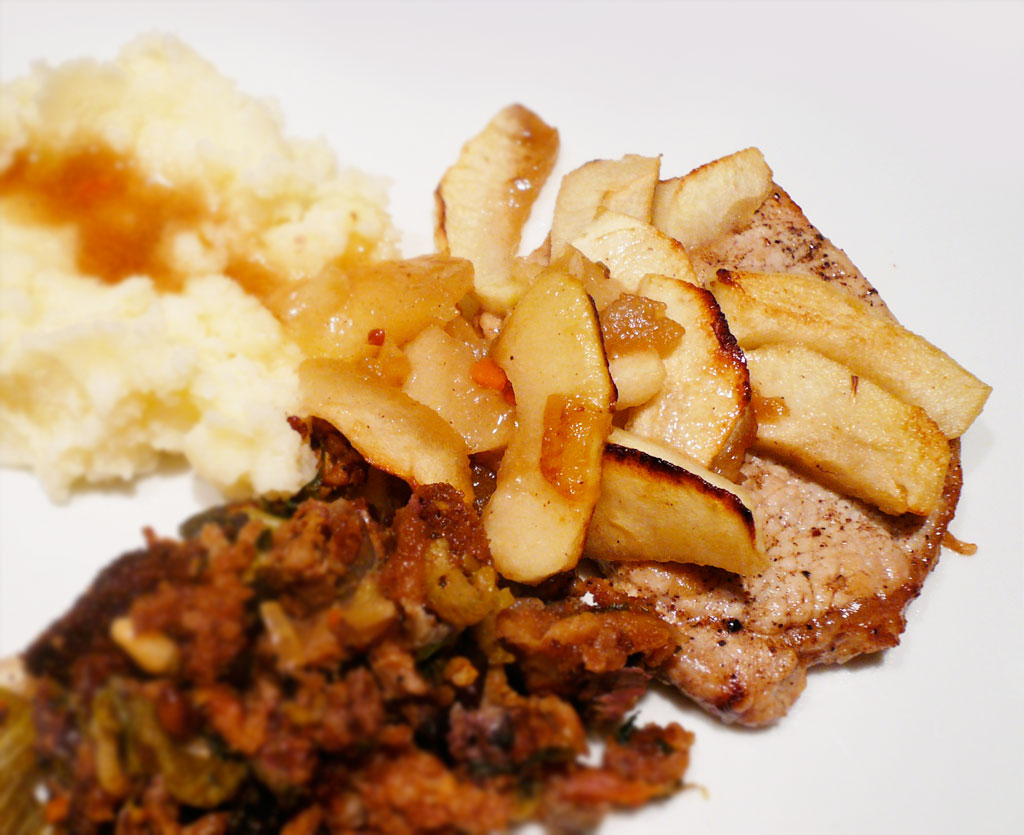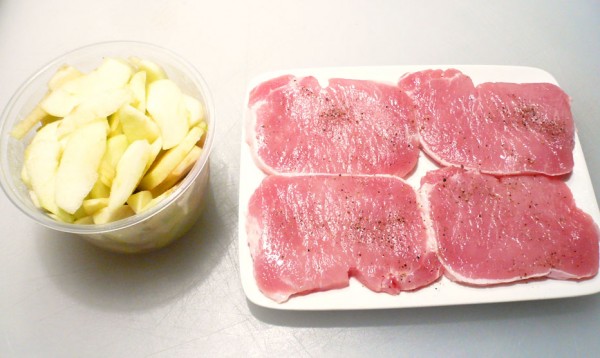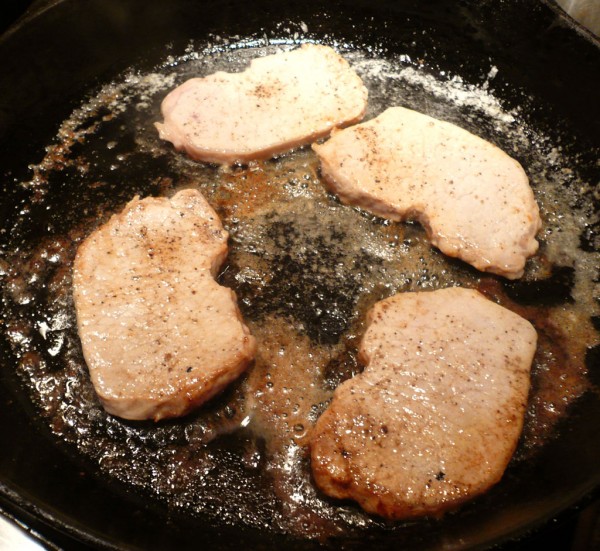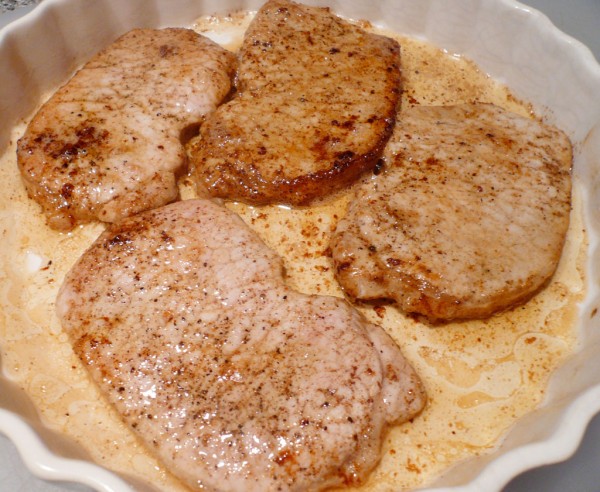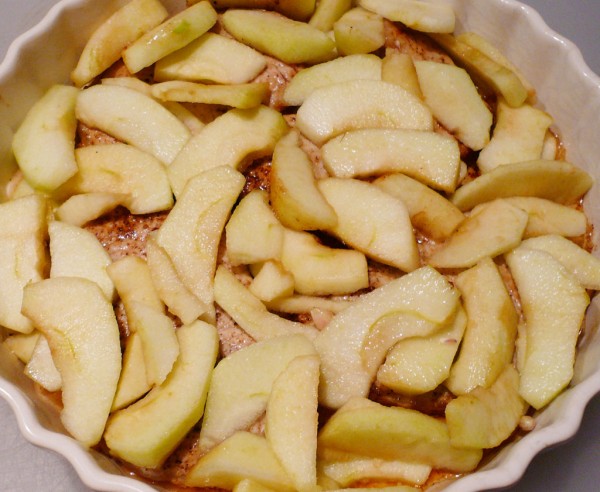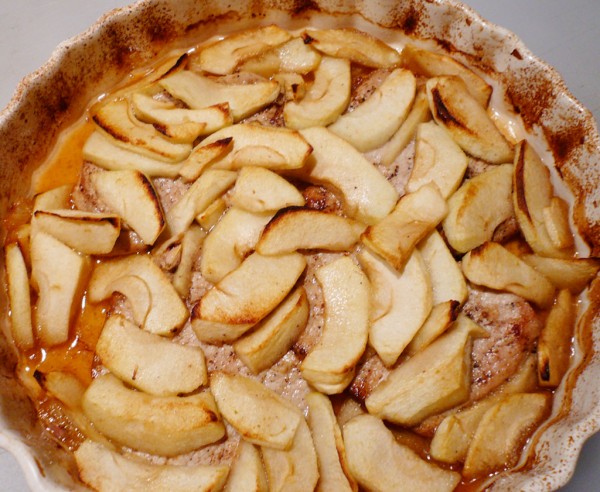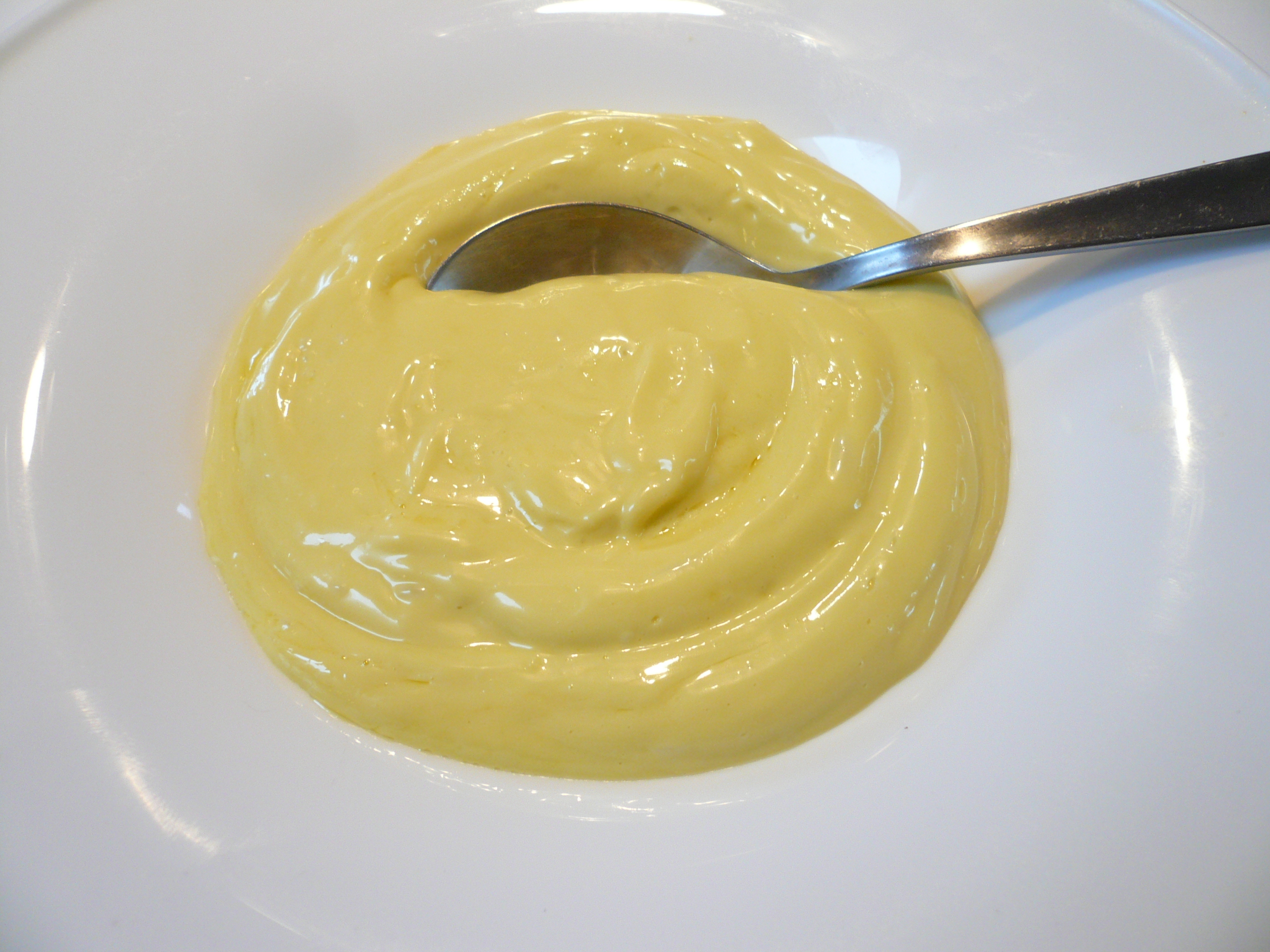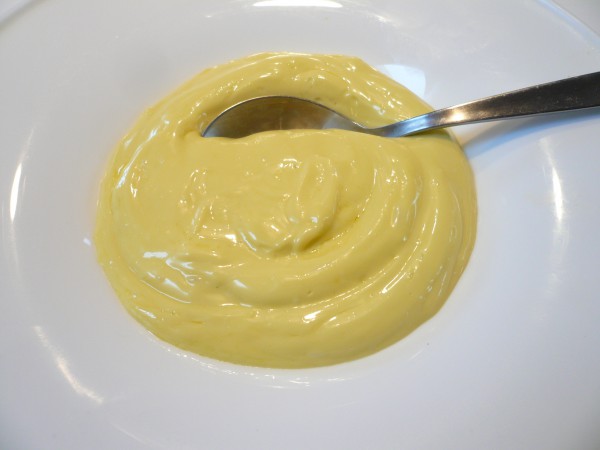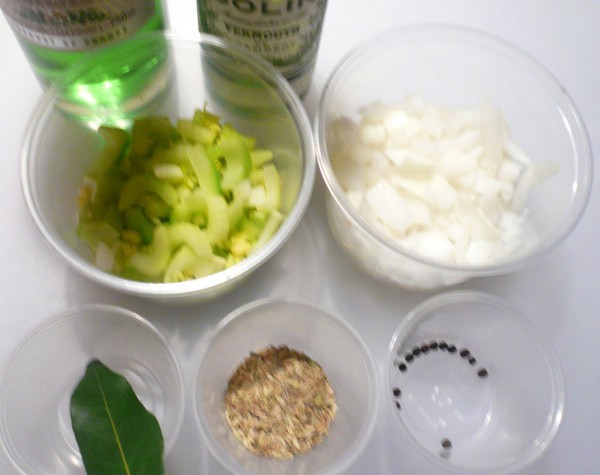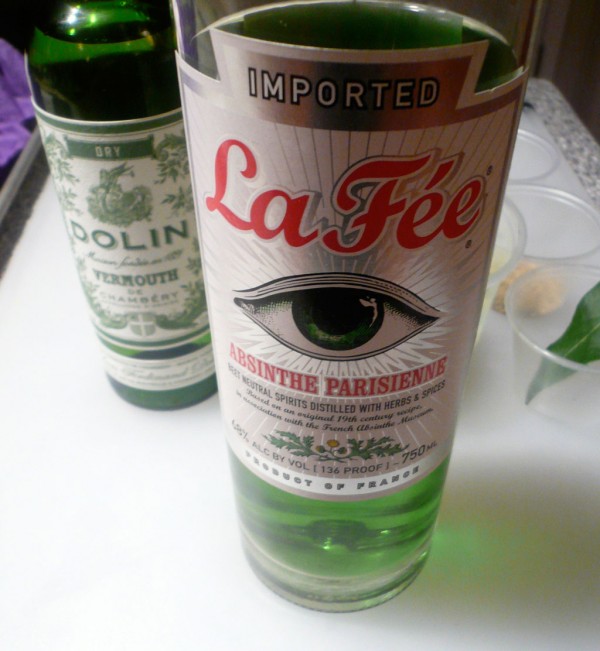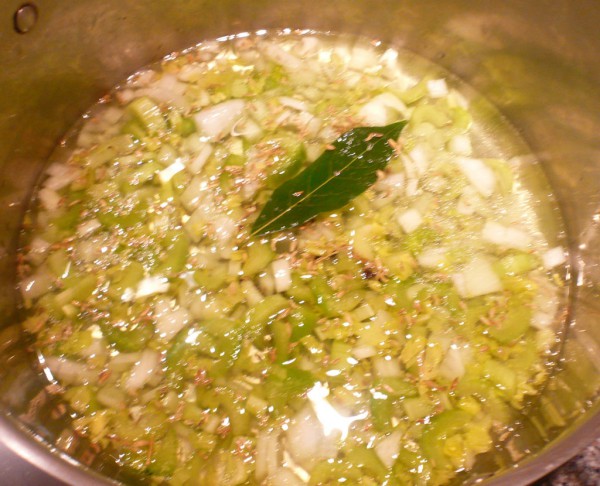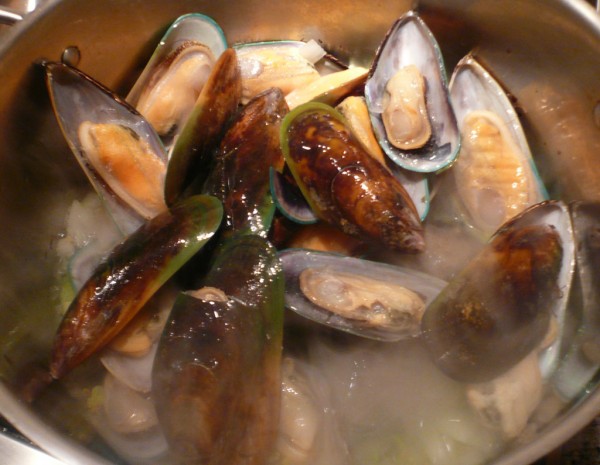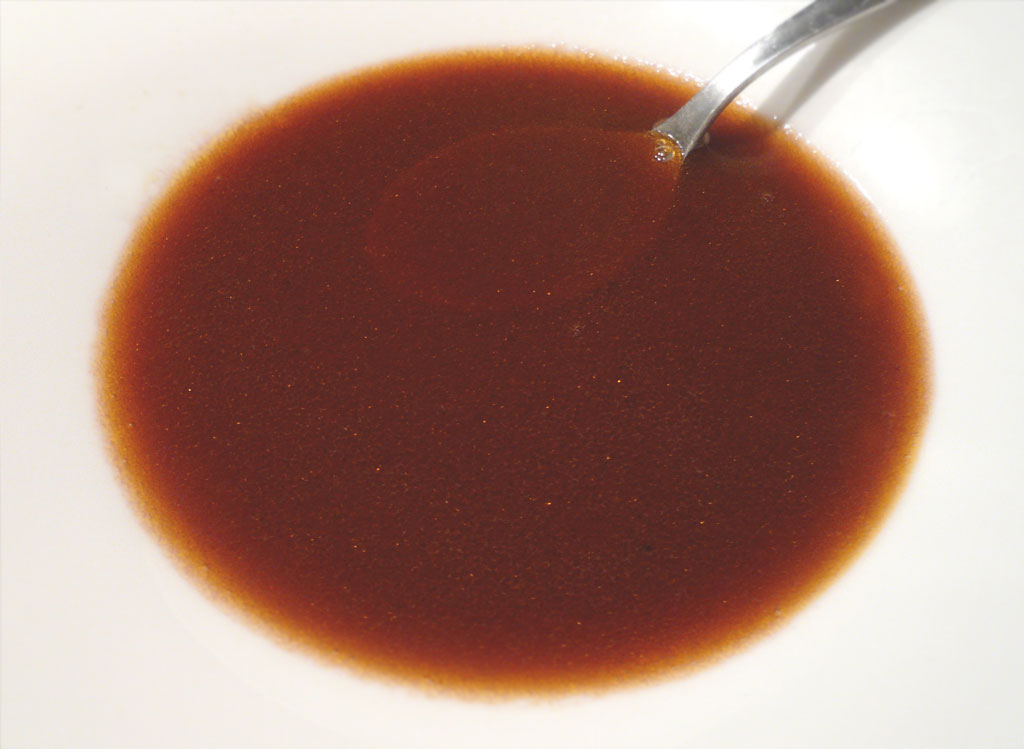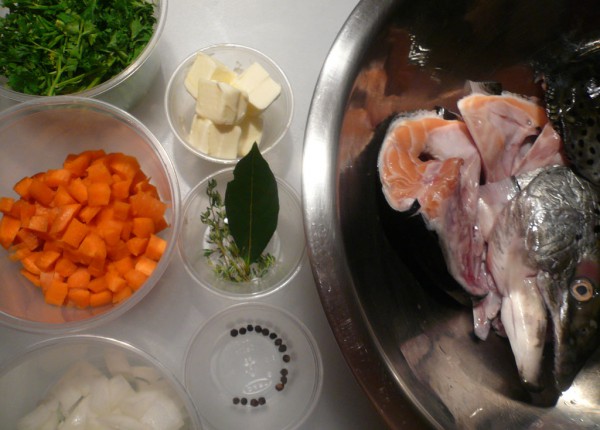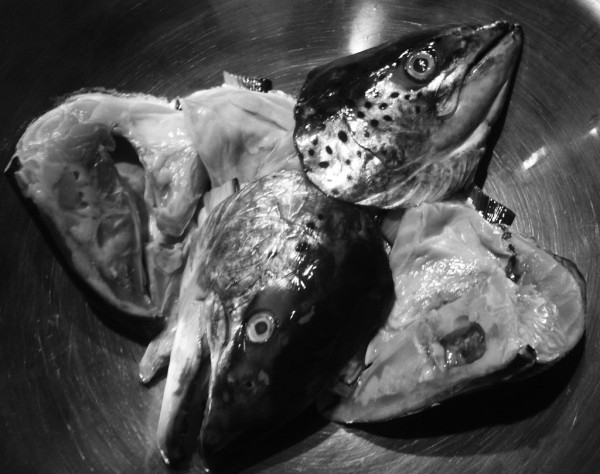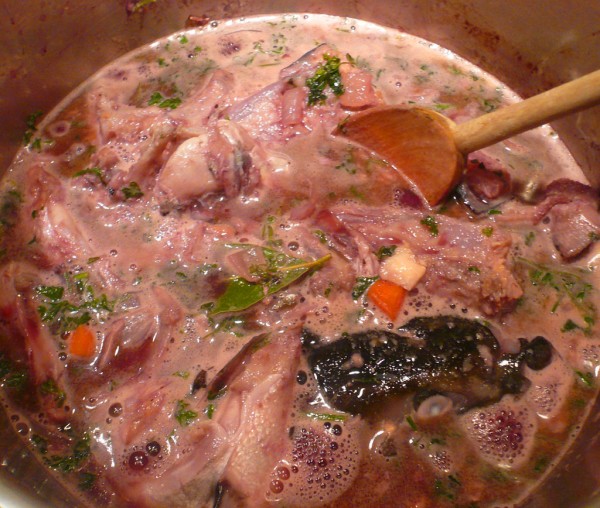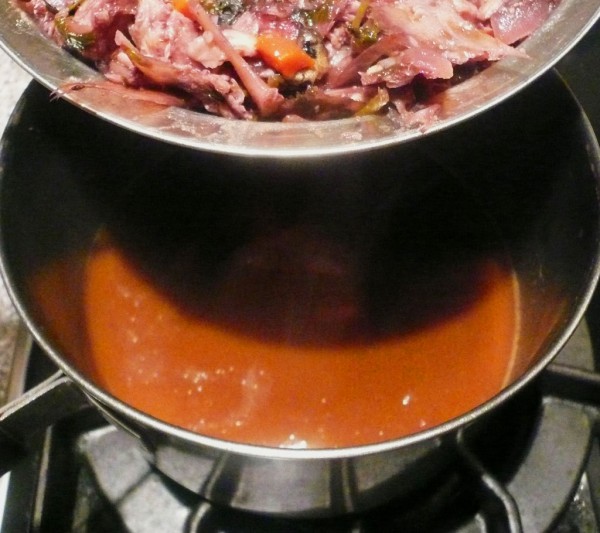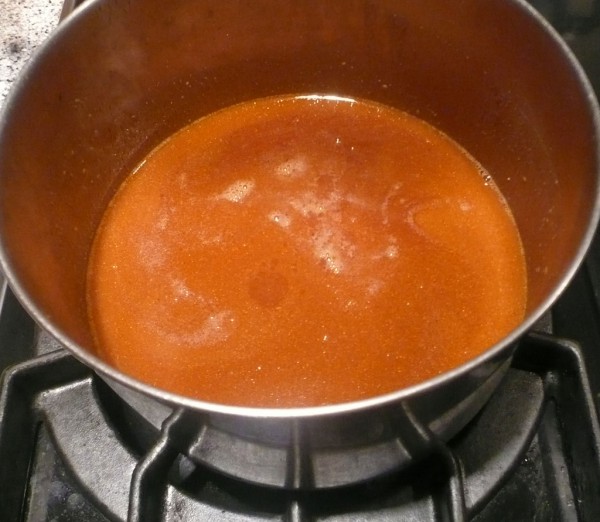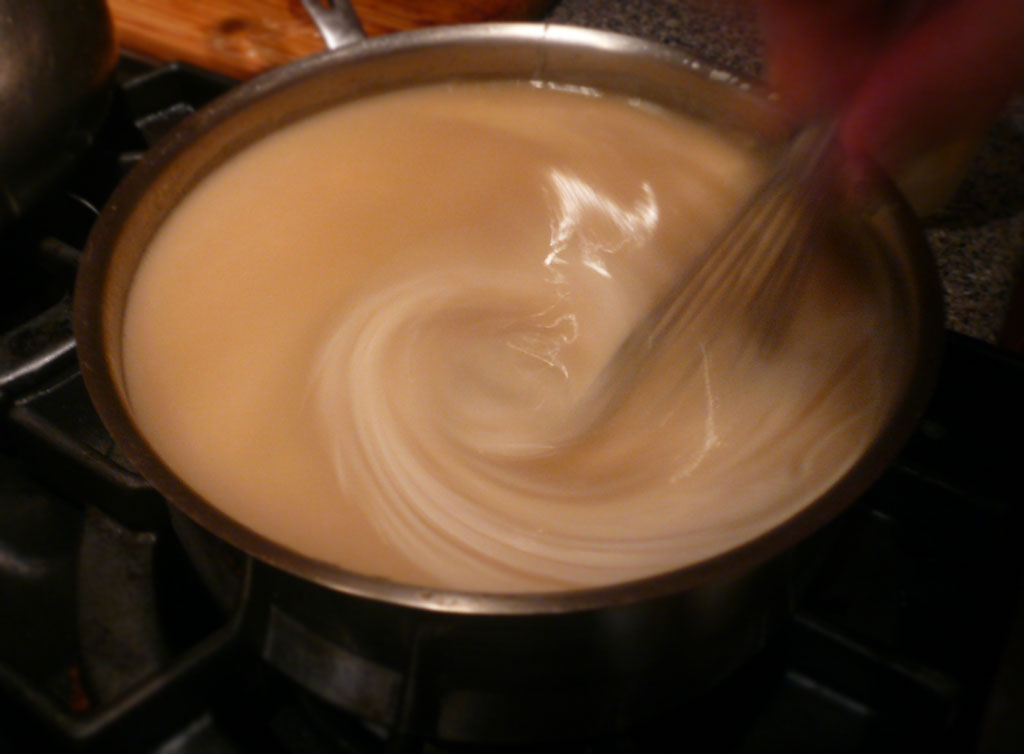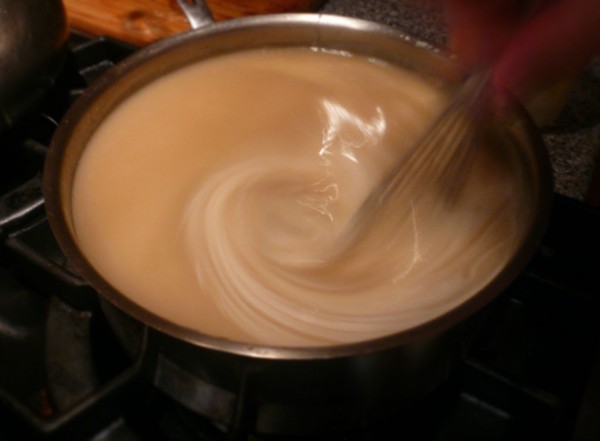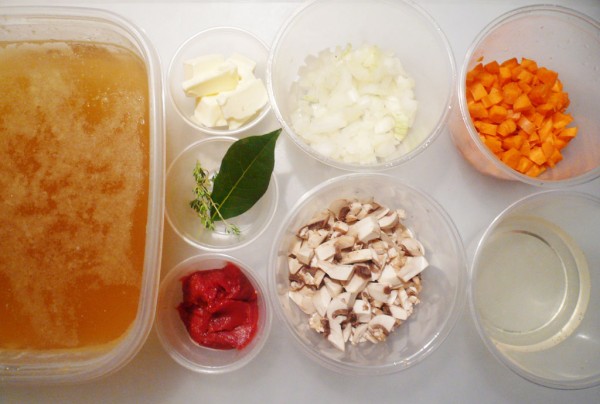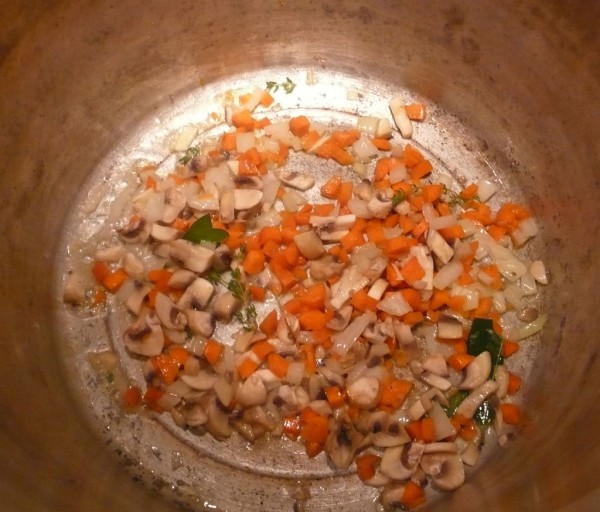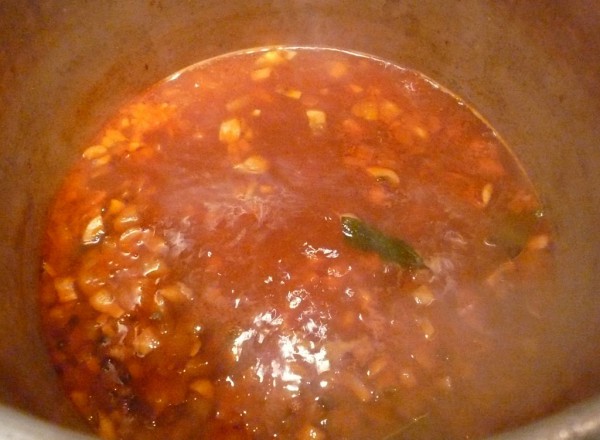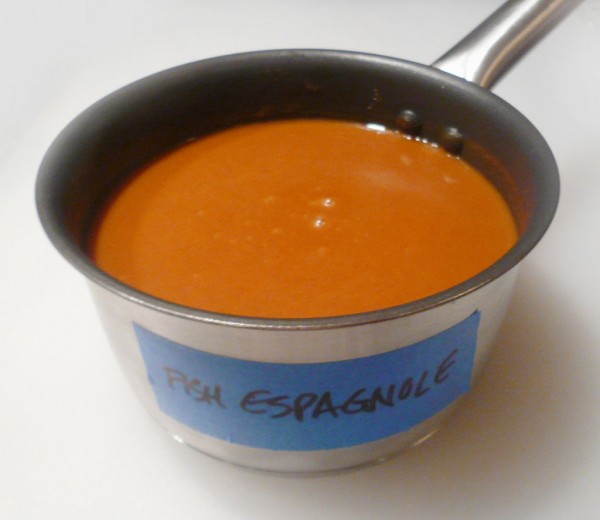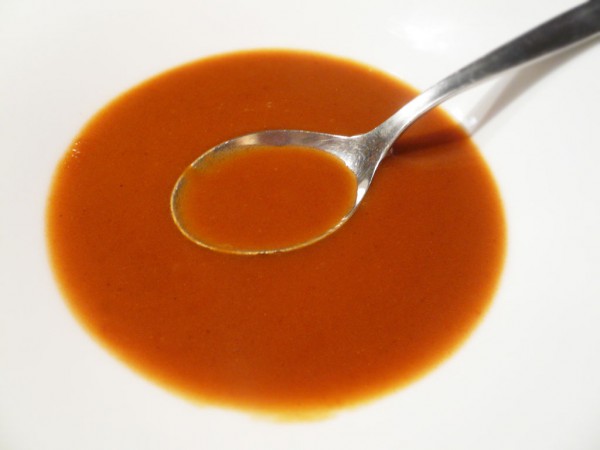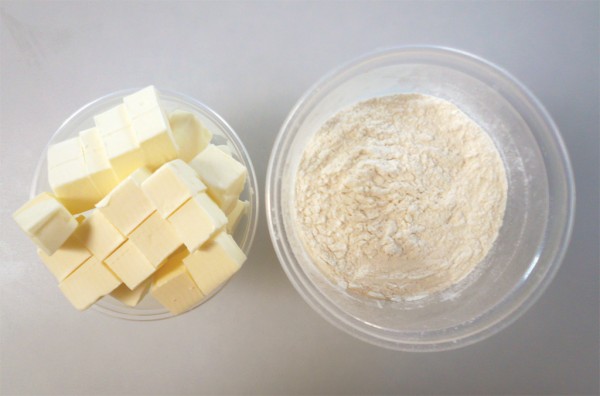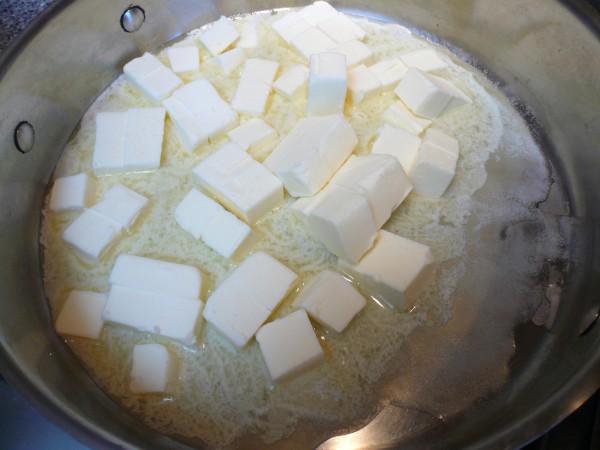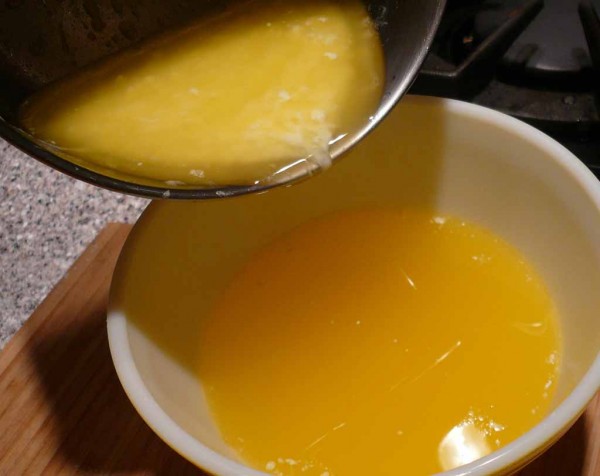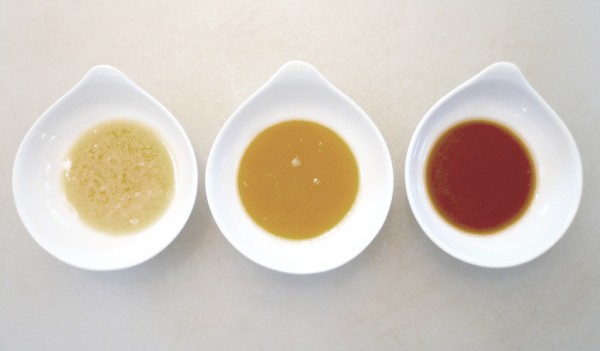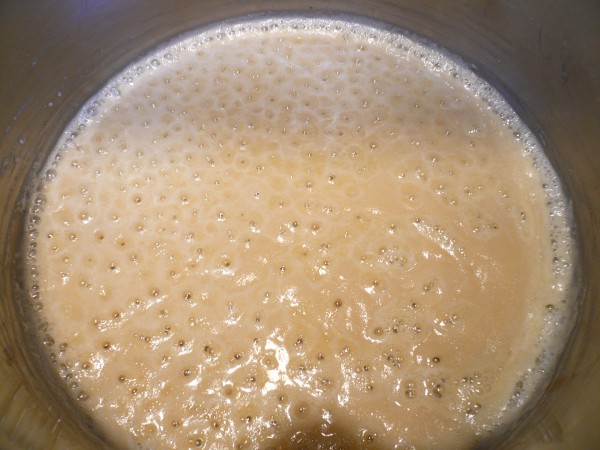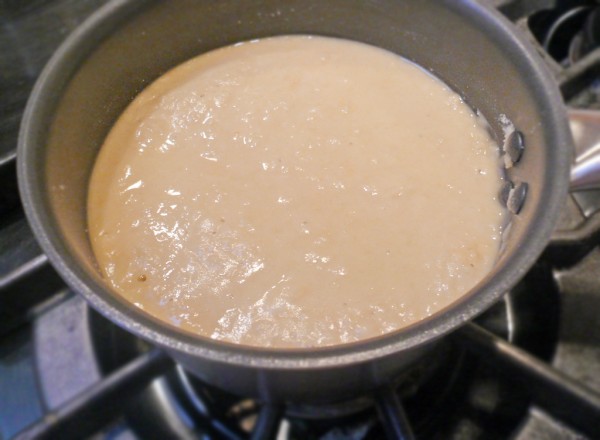Escoffier recipe for making beurre d’écrevisse, crayfish butter, at home (Escoffier 238).
Crayfish, crawfish, crawdads, crawdaddies, freshwater lobsters, mudbugs or écrevisse – whatever you call the crustaceans — most people love ’em.
Beurre d’écrevisse can be used for a multitude of dishes, on breads, in sauces, on eggs — you name it.
Let me know how you use it!
Beurre d’Ecrevisse
This recipe for a compound butter is adapted from those of Escoffier and Julia Child. I just had to — Escoffier’s had no extra seasoning added, so I spiced it up a bit with fresh thyme, Old Bay, paprika and cayenne. If you don’t like spice, leave them out…
Sauté the carrots, onions and leek in butter for about 10 minutes.
Add the tomato paste, crayfish, thyme, bay leaves, Old Bay seasoning, paprika, cayenne…
… and cook covered for 30 minutes on low heat, to infuse the flavors.
Turn out onto a cookie sheet to cool.
Place in a food processor with butter and blend until smooth.
The shells will give the butter a reddish color.
Take your time and press the mixture through a tamis or sieve, and refrigerate. (The longer you process, the easier this part will be.)
Can be frozen for future use.
Ingredients
64g (1/2 cup) finely chopped carrots
58g (1/3 cup) finely chopped onion
50g (2/3 cup) finely chopped leek
35g (7 1/2 teaspoons) unsalted butter
50g (3 tablespoons) tomato paste
1000g (about 2 pounds) whole cooked crayfish bodies
2g (2 teaspoons) fresh thyme sprigs
4 bay leaves
6g (1 tablespoon) Old Bay seasoning
4g (2 teaspoons) sweet paprika
1g (1/2 teaspoon) ground cayenne pepper
908g (2 pounds) unsalted butter
